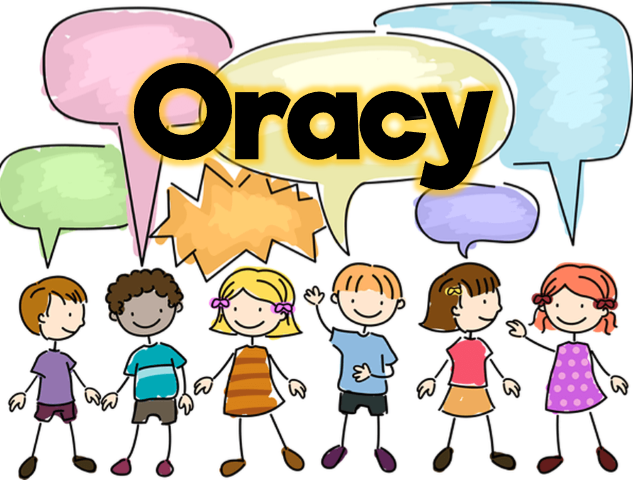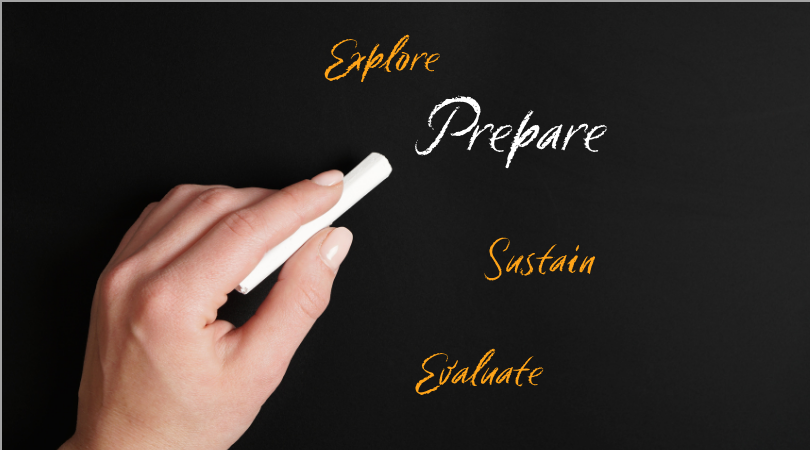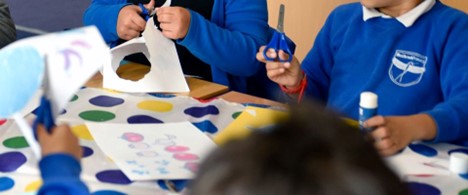Thinking for the Future
By Harry Page, Deputy Head, East Sheen Primary School
East Sheen Primary School was re-accredited as a Thinking School in March 2021 while the impact of the Covid-19 pandemic continued to require us all to think flexibly, think together and listen with understanding and empathy.
At our school we found that the Thinking School tools – so embedded in our teaching and learning practice – empowered many of our children to work independently and gave parents a framework when supporting their children with home learning. However, we all missed the buzz and stimulus of lively discussion and debate in the classroom, and as we work towards our vision of becoming an “environmentally intelligent” school, the de Bono hats are very much back in classroom action.
Thinking School methodologies support us in our mission to nurture children who think deeply about themselves and others in preparation for the challenges ahead. At our governor strategy away-day in July, it quickly became clear that issues around pollution and the environment were critical priorities in education. Children and parents showed huge enthusiasm and passion for the proposal to introduce an explicit environmental curriculum thread into our teaching and learning programme which would be delivered, of course, using Thinking School strategies.
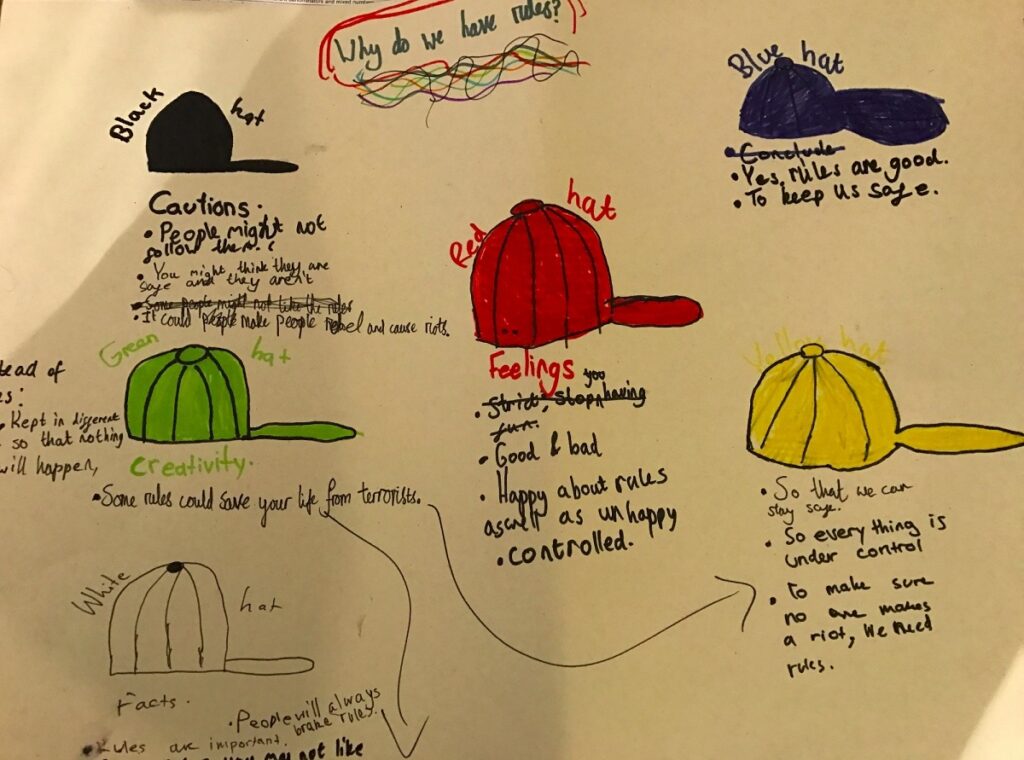
Thinking Hats in action
We want to ensure that this curriculum is solution-focused and positive, in spite of the challenges. We need our children to feel empowered and for this they need to be informed and to be able to think creatively, work collaboratively and understand processes, so ideas and passion can be turned into achievable actions. We want them to begin to understand the issues and reflect intelligently.
This starts simply with the red hat: I feel, ” worried, angry, passionate, committed, excited, positive, powerful, determined.” The white hat helps them sort views and opinions from facts, a key skill in such a complex and emotive area. The yellow hat allows for lots of positive discussion-what are we already doing in school, in our community, in our country, across the world. Our green wall has dramatically reduced the impact of traffic pollution on our school grounds; the electrification of buses (the biggest polluters outside our school fence) has reduced emissions of toxins-science and human willpower can bring about positive change. Black hat allows the children to explore the challenges in a safe environment and appropriate to the age group before they embark on their favourite green hat thinking. They share their ideas of changes that could be made, inventions that could provide answers and then with the blue hat they can begin to think about how they could put some of those thoughts into actions.
It’s an exciting place to be – in a ‘thinking hat’ activity in a primary school classroom! The familiarity of the hat colour expectations allows children to focus on the kind of thinking required and supports them to contribute with confidence to the debate.
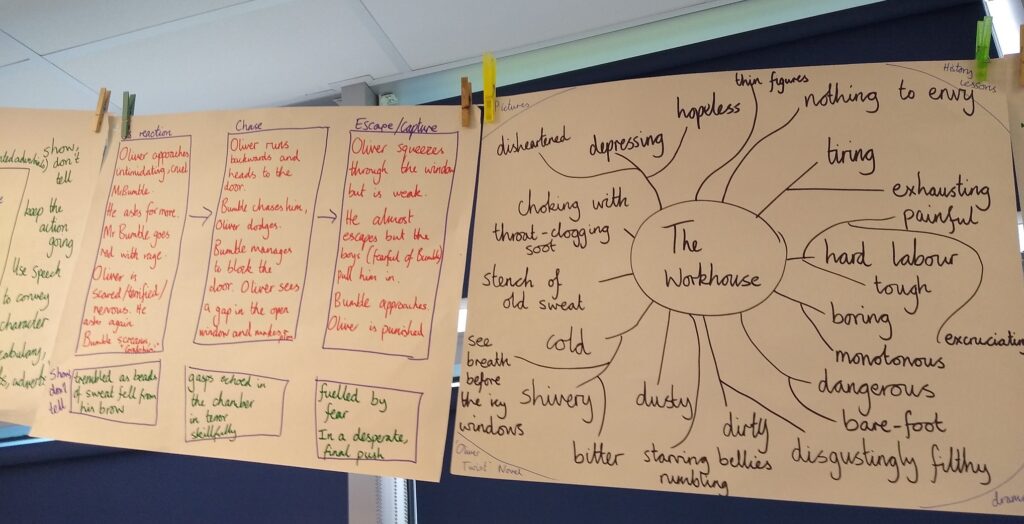
Visual thinking
We started our journey to becoming a Thinking School seven years ago now, meaning that our Year 6 children have been taught using our three tools, maps, hats and habits of mind, from Reception. The common language and teaching framework contribute to a strong sense of community within the school and children, staff and parents value the impact of such a consistent and creative approach to learning. It encourages forward thinking and problem solving and promotes creativity, risk taking and challenging the status quo.
It is exactly what we need in the coming decades.
Harry Page
Deputy Head
East Sheen Primary School
To find out more about East Sheen Primary’s approach to thinking – visit their website here.
Arrange a visit to an existing Thinking School and talk to one of our experienced Consultants to see how this approach could work for your school.
